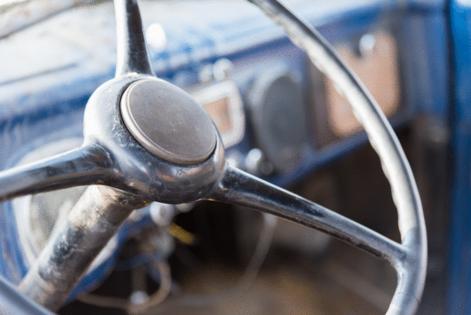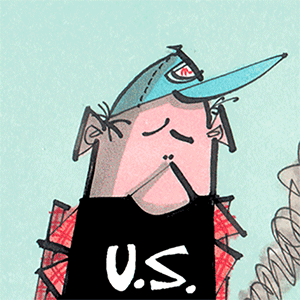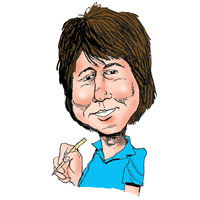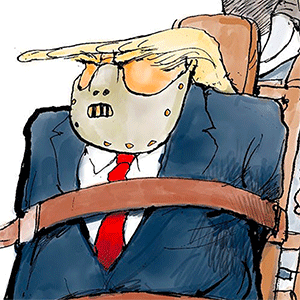Motormouth: Steering strain?
Published in Automotive News
Q: Before power steering was regularly supplied, drivers needed strong arms, especially on heavy trucks, because it was harder to turn the steering wheel as vehicle weight increased and when the vehicle was not moving. So today, drivers are insulated from the fact that, when they are stopped and turn the steering wheel, they are actually putting a greater strain (worse with the brakes on) on the steering mechanism than if they simply let the car slightly roll. The question for today is whether that extra strain causes extra wear to the steering mechanism and tires.
D.G., Longmeadow, Massachusetts
A: Not only did drivers need muscle to move the steering wheels, whose diameters were about the same as the wheels under the car. You just felt like you could occasionally use a helper. That helper came along with power steering. It does not put any more strain on the steering and suspension components than manual steering did. But you probably have a point about tire wear when stationary or hardly moving. It’s not unlike using the eraser on that number two pencil.
Q: I wonder if you have an opinion about this phenomenon of sitting 20 feet back of the car in front of you at traffic lights. When did this become a "thing"? What's the purpose? If the guy ahead of you suddenly decides to throw it into reverse and stomp the gas, you're not going anywhere anyway, so what's the point? The other day I came up behind a truck that was blocking me from getting into the left-turn lane. I figured there were cars in front of him. Suddenly the guy pulled up enough for me to get by for the turn lane and there was no one between him and the light. There had to have been at least 15 or 20 feet. They're killing me I tell you -- killing me.
P.D., Las Vegas
A: Some drivers nudge into the crosswalks instead of staying behind the lines. From the truck’s cab, it isn’t easy to see over the hood. As a pedestrian, I prefer they give me extra space. But 20 feet? When I delivered auto parts, I was instructed to stop far enough back to see the tires on the vehicle in front of me touching the road. Maybe the guy in front of me is not going to back up, but if I am rear-ended, I don’t want to smash into the car in front of me. I, too, might be charged with rear-ending a vehicle. Take a deep breath.
Q: When I turn on my heat in winter, why does my A/C also come on when I don’t desire or need it? I understand that it needs to be on when selecting the defrost mode, but I don’t want it running when I don’t need it. Is there a setting where I can leave it off but still working when I need it on defrost? My older 2005 LeSabre was much simpler and easier to understand.
M.W., Bloomington, Minnesota
A: Today the HVAC systems in automobiles are much more sophisticated than in the past yet consume much less power. The vehicle’s body control module (BCM) makes sure everything is operating at the most efficient level. The BCM controls the climate system by blending warm air created by the engine with the cool air from the air conditioning system to maintain the comfortable cabin temperature you desire. Adjusting settings yourself may actually reduce fuel economy.
©2024 Tribune Content Agency, LLC.







Comments